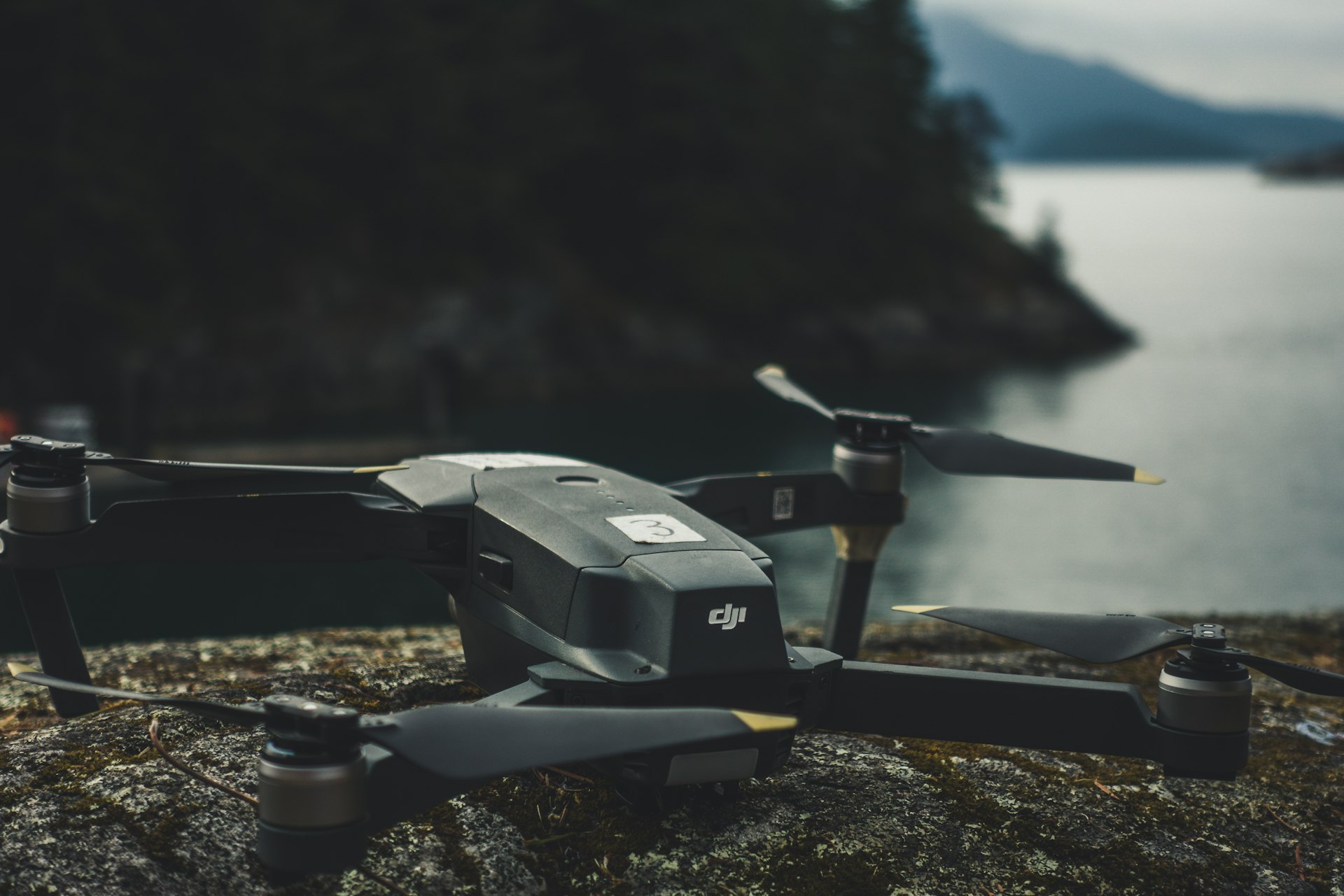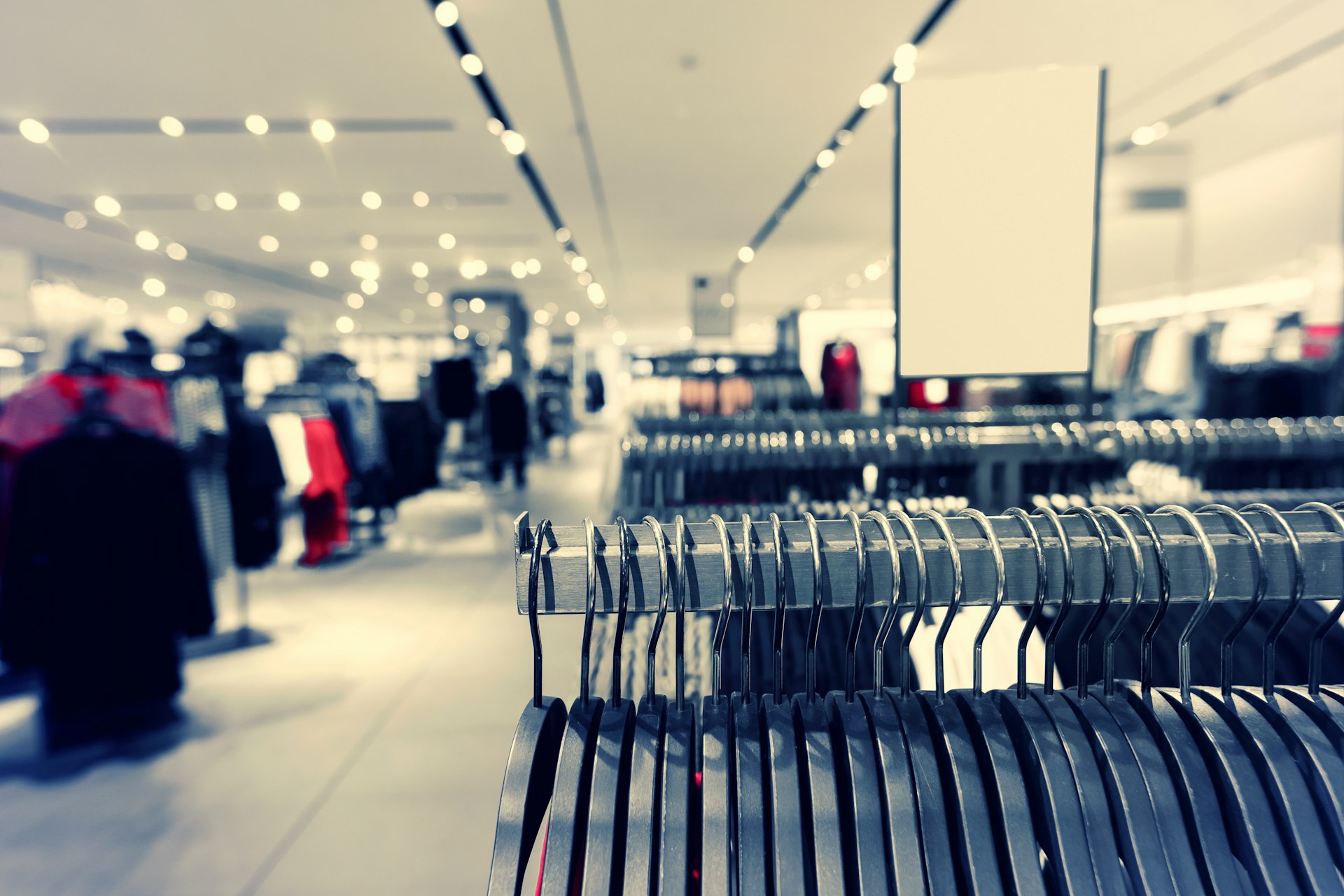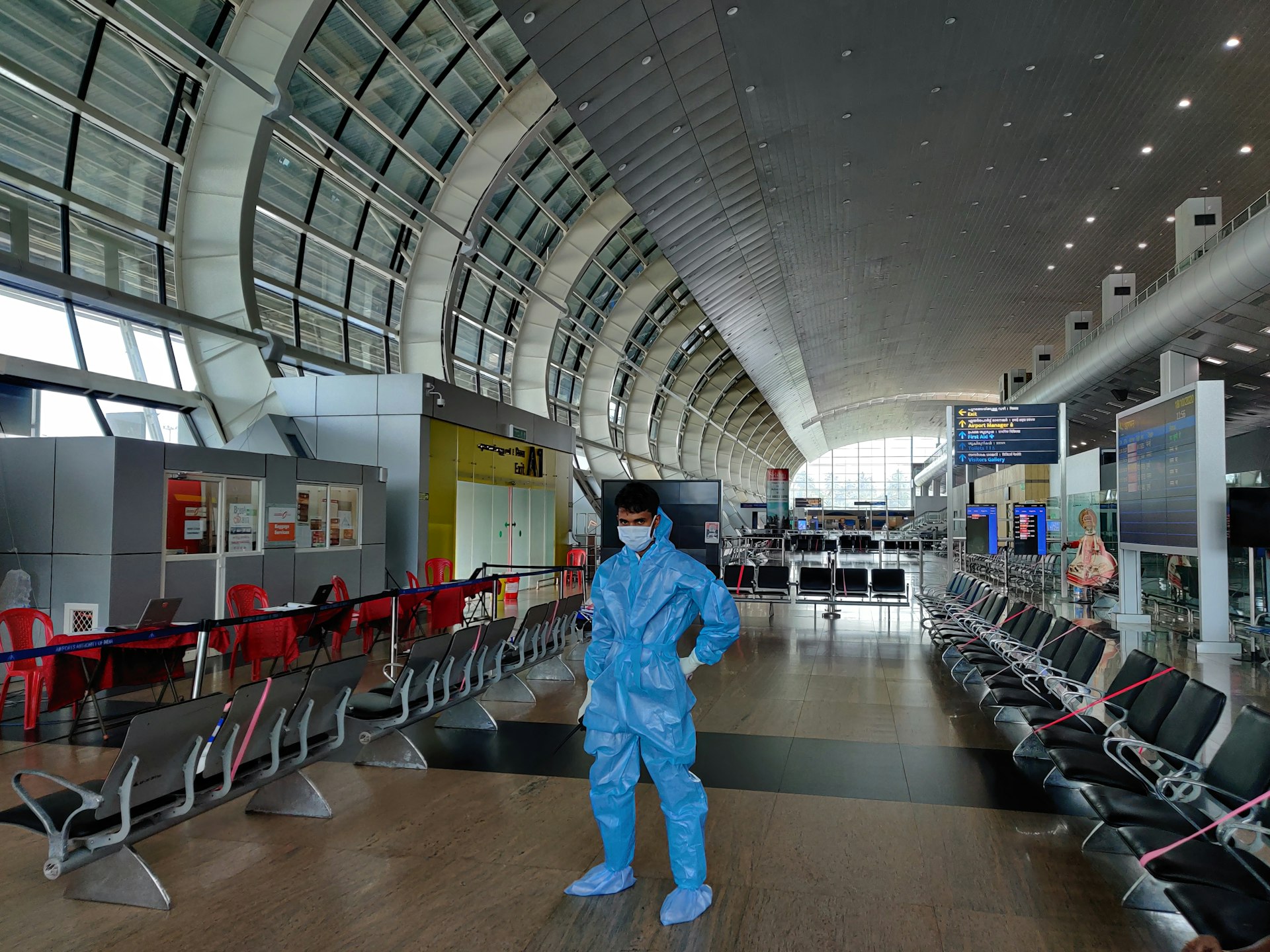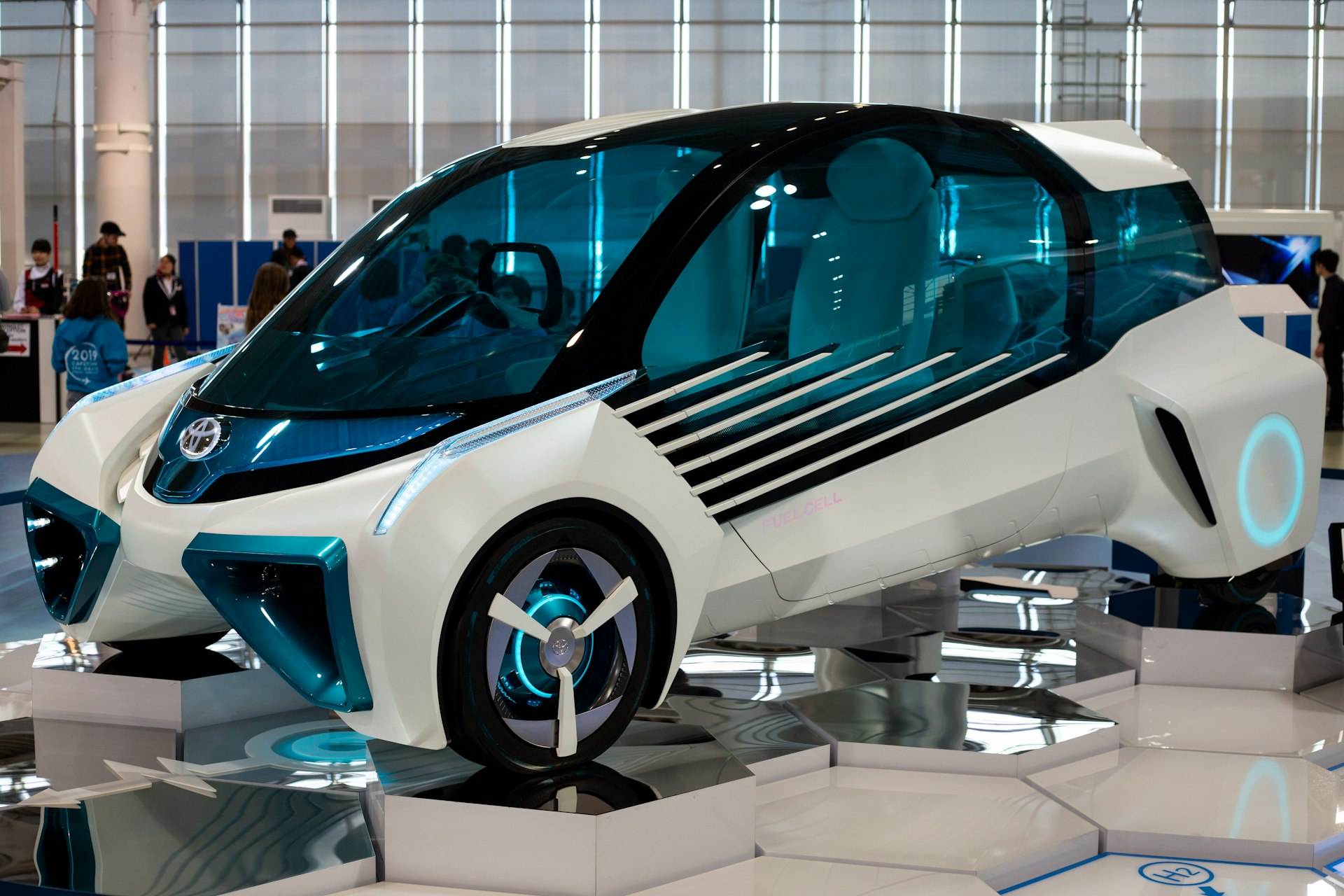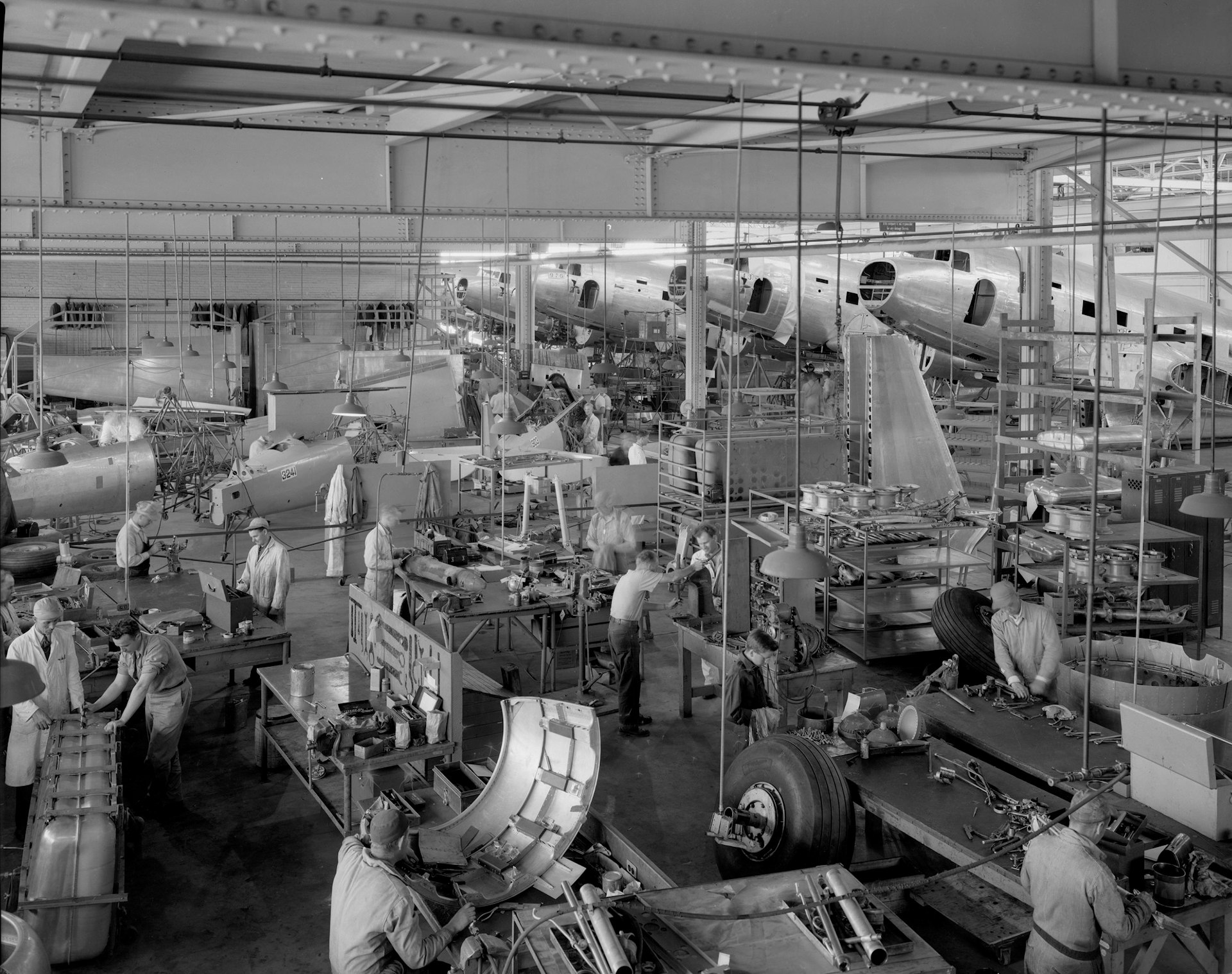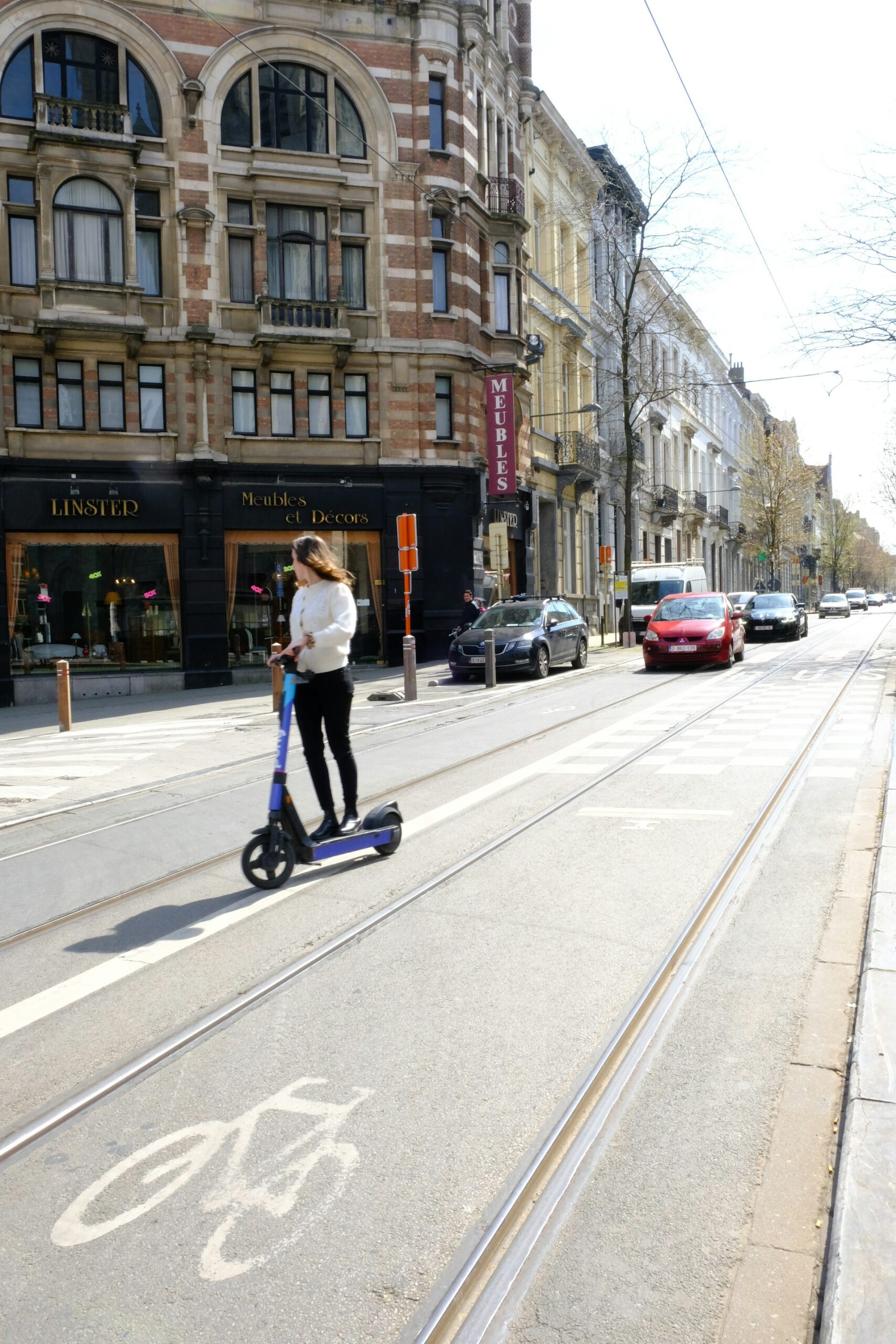How Wearable Technology Is Transforming the Future of Fashion

Photo by Count Chris on Unsplash
The Next Era: Where Fashion Meets Technology
Fashion is undergoing a radical transformation as wearable technology becomes increasingly integrated into our clothes and accessories. This evolution is driven by innovations in smart textiles, artificial intelligence (AI), digital experiences, and sustainability. The future promises not just stylish garments, but intelligent, responsive, and personalized fashion that adapts to individual needs and lifestyles. This article explores the major trends shaping the intersection of technology and fashion, practical applications, and how consumers and designers alike can engage with these new opportunities.
Smart Textiles: Clothing That Thinks and Responds
Smart textiles are fabrics embedded with sensors, microchips, and electronic threads, enabling garments to monitor vital signs, control temperature, and even change color. By 2025, we are seeing apparel that does more than cover the body-it enhances health, safety, and comfort. For example, e-textiles can monitor heart rate or body temperature and adjust their properties in real time, making them highly valuable for athletes, health-conscious users, and those with medical needs [1] . Major sportswear brands and startups are developing shirts with integrated ECG sensors or jackets that heat up automatically in cold weather.
To access these innovations, consumers should look for products labeled as “smart clothing” or “e-textiles” from reputable athletic and fashion retailers. It’s advisable to research brands via trusted technology review sites and read customer feedback to ensure quality and compatibility with personal devices.
AI-Driven Personalization: Tailoring Fashion to the Individual
Artificial intelligence is revolutionizing how fashion is designed, sold, and worn. AI algorithms can analyze user data to recommend personalized styles, predict trends, and even customize the fit of garments for each body shape [3] . In 2025, many leading brands offer AI-powered shopping assistants-either online or in-store-that guide customers through personalized outfit selection and fit optimization.
For consumers seeking personalized fashion, explore retailers offering AI-based styling tools or virtual fitting rooms. Many e-commerce platforms now provide these features; search for “AI fashion assistant” or “virtual try-on” when visiting major brand websites. Those interested in custom-made clothing can look for digital tailoring services, which use body scans or photos to create made-to-measure garments.
Digital Fashion and Virtual Try-Ons: The Rise of Virtual Wardrobes
The concept of fashion now extends beyond the physical world. Digital clothing and virtual try-ons are becoming mainstream, driven by the popularity of the metaverse and online gaming platforms [5] . Luxury brands are launching digital-only collections for avatars, while augmented reality (AR) shopping tools allow customers to visualize clothing on themselves before purchasing.
To try digital fashion, users can create avatars on fashion platforms or social media apps offering AR try-ons. For example, Snap’s AR try-on lenses let shoppers see how garments look on their body using a smartphone camera. Those interested in digital-only clothing for gaming or social media can explore virtual fashion houses or look for collections released by established luxury brands.
Digital fashion offers several advantages: it eliminates material waste, encourages creativity, and appeals to tech-savvy shoppers who prioritize sustainability and innovation. However, users should ensure their devices support the required AR or VR features before purchasing digital items.
Sustainability and Circular Fashion: Eco-Friendly Smart Clothing
As environmental awareness grows, fashion technology is responding with sustainable solutions. Smart clothing is increasingly produced using biodegradable fabrics, recycled materials, and low-carbon manufacturing processes [4] . Circular fashion-where garments are designed for longevity, repairability, and recyclability-is on the rise.
Consumers interested in sustainable smart fashion should look for labels indicating the use of organic, recycled, or biodegradable fibers. Brands embracing circular fashion often provide take-back or repair programs; information is typically available on the brand’s official website or through customer service channels. To find these options, search for “sustainable smart clothing” or “circular fashion programs” on major search engines or visit the websites of well-known eco-conscious brands.
It is also important to verify a brand’s sustainability claims by looking for recognized certifications such as Global Organic Textile Standard (GOTS) or OEKO-TEX. For further research, consult reputable sustainability organizations or fashion industry watchdogs.
Inclusive and Adaptive Fashion: Technology for Everyone
Adaptive fashion-garments designed for people with disabilities or unique needs-is being transformed by technology. Smart closures, adjustable designs, and easy-on/easy-off features make fashion more inclusive and accessible [4] . AI-driven customization is enabling brands to create clothing that fits a broader range of bodies and abilities.
To access adaptive smart fashion, individuals can search for “adaptive clothing” or “inclusive fashion technology” through major apparel retailers and specialty brands. Many companies provide detailed sizing guides and customer support to assist with selection. For those seeking custom solutions, some adaptive clothing brands offer consultation or tailoring services-contact information can typically be found on the company’s official site or by calling their customer service line.
Functional Fashion: Utility Meets Style
Functionality is a key driver of wearable technology in fashion. From garments with hidden pockets and convertible features to weather-adaptive fabrics that regulate temperature, utility is no longer separate from style [5] . The functional apparel market is projected to grow significantly, reflecting consumer demand for versatile, tech-enhanced clothing suitable for work, travel, and sports.
When shopping for functional fashion, look for brands that highlight multipurpose features and technical specifications. It may be helpful to read industry reviews or search for “functional apparel innovations” to compare leading products. For specialized needs such as outdoor activities or athletic performance, consult expert guides or contact sport-specific retailers for recommendations.
Challenges and Considerations for Adopting Wearable Tech in Fashion
While the promise of wearable technology in fashion is significant, there are challenges to consider. Compatibility with devices, battery life, data privacy, and garment care requirements are common concerns. Before purchasing, consumers should:
- Review product manuals and user reviews for maintenance instructions and compatibility issues.
- Consider the need for regular software updates or charging, especially for garments with embedded electronics.
- Verify that personal data collected by smart clothing is protected by robust privacy policies; check the brand’s policy on their official website.
For further support, consumers can contact the manufacturer’s customer service or consult online forums for troubleshooting tips and user experiences.
How to Get Started: Accessing the Benefits of Fashion Technology
If you’re interested in exploring wearable technology’s role in fashion, start by identifying your primary needs-whether health monitoring, personalization, sustainability, or functionality. Next, research reputable brands and retailers through independent technology and fashion review platforms. Look for certifications, customer testimonials, and detailed product information to guide your choices.
For those seeking adaptive or inclusive tech-enabled fashion, many organizations and advocacy groups provide directories of recommended brands. If you have specific accessibility concerns, consider reaching out to these organizations for guidance tailored to your needs.
As the landscape is rapidly evolving, staying informed through industry news, trusted fashion tech blogs, and consumer reports will help you make confident decisions. For the most current offerings, search for terms like “smart textiles,” “AI fashion assistant,” or “digital wardrobe” on leading retailer websites or major search engines.
Key Takeaways
The future of wearable technology in fashion is dynamic, offering consumers and designers unprecedented opportunities for personalization, utility, and self-expression. With advances in smart textiles, AI, digital experiences, and sustainability, fashion is becoming more interactive, eco-friendly, and inclusive than ever before. By staying informed and adopting a careful, research-driven approach, anyone can benefit from the next wave of innovation at the intersection of style and technology.
References
[1] TechInsights (2024). Five Key Trends for Wearables in 2025.
[2] BestColorfulSocks (2025). Wearable Technology in Fashion Statistics 2025.
[3] Glance (2025). Fashion Tech 2025: New Upcoming Technology That Will Shape the Industry.
[4] June Adaptive (2025). Top Trends in Adaptive Fashion for 2025.

Photo by Irham Setyaki on Unsplash
[5] The/Studio (2025). Trends for Apparel in 2025: What’s In, What’s Next?
MORE FROM ismath.net
